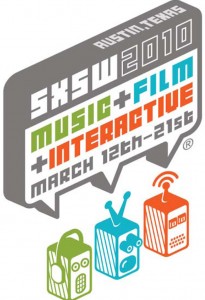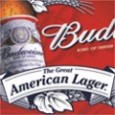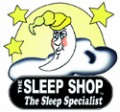Diversifying SXSW
Just last week, it was announced that the Austin History Center will be hosting an exhibit on “The 25 Year History of SXSW” from February to July 2011.
South by Southwest (SXSW) has become one of the largest festivals in the United States and generated more than $100 million for the Austin economy this year. The nine-day conference bills itself as “the unique convergence of original music, independent films, and emerging technologies”.
The conference is proud of discovering and exposing registrants to “the next big thing”, such as Bloc Party, who played one of their first U.S. shows during SXSW 2005, or Twitter, which was launched by Evan Williams at SXSW 2007.
Part of what makes the festival such a melting pot of fresh new ideas is that the festival brings together brewing minds from all walks of life.
“SXSW is all about bringing new ideas together and seeing what happens when these ideas are mixed and matched with other new ideas and eventually formulate into new things,” said Hugh Forrest, SXSW Interactive Event Director. “But, it is really hard to bring new ideas to the table if we don’t have all kinds of people at the event.”
And what better place to hold a diverse festival than a city as diverse as Austin? “Austin is the perfect setting for this dynamic, diverse and very international music festival,” said Rose Reyes, Director of Music Marketing at the Austin Convention and Visitors Bureau.
“The result for attendees are cross-cultural connections, collaborations, and real opportunities to show off their uniqueness and authentic artistic expressions. On Saturday of SXSW, as I was walking down the street I heard four different languages spoken and bands from three different countries in a matter of 15 minutes.”
Over the past five years, the interactive portion of the festival has been working hard to bring more diversity to an industry traditionally dominated by white middle-aged males. Forrest, for one, is glad to see that people are beginning to take notice.
“In recent years, we’ve tried to get more minority involvement into the event. To this end, we’ve programmed numerous panels that are (in one form or another) titled something like “Blacks in Technology.” Yes, I have lots of reservations about the effectiveness of such panels — there is absolutely absolutely absolutely no way that a 60-minute panel can cover all the subject matter that should be addressed for this particular topic. That said, panels like this do serve to give the web community notice that we are making this commitment to diversity,” said Forrest.
Last year was the first Blacks in Technology panel. Smart move, since blacks beat Hispanics, and event whites, in wireless internet usage, according to a Pew Research Center study. This year SXSW held their first Latinos in Technology meet up.
In addition to being ethnically diverse, SXSW is attempting to be more inclusive of the gay community and women.
2010 was also the first year that the festival had a panel called “Engaging The Queer Community”, which addressed the gay/bisexual tech community. “We’ve always kept a pretty close watch on the number of women panelists at the event. Over the last few years, about 30 percent of the speakers have been female. I think that is better than a lot of tech conferences-but still not where we’d like it to be,” said Forrest, who is currently aiming for a 50/50 ratio of men to women.
The music portion of the festival showcases bands from all over the globe to bring in the latest and greatest talent. There are nights dedicated to certain countries, such as the infamous Japan Night or the new Indie Chile Tour, with international record labels and organizations, such as Dart Music International, helping to highlight international artists in the United States.
This year, SXSW featured a few films that touched on the topic of race in America, including a documentary called When I Rise, about Barbara Smith Conrad, an international opera singer who faced racial controversy when she was a student at the University of Texas, and Reel Injun, which takes a look at how Native Americans have been portrayed in Hollywood.
While there is still a ways to go, it is great to see SXSW, a festival known for setting trends, putting a conscious effort toward addressing diversity in race, ethnicity, and sexuality in each portion of the festival.
By Vicky Garza







